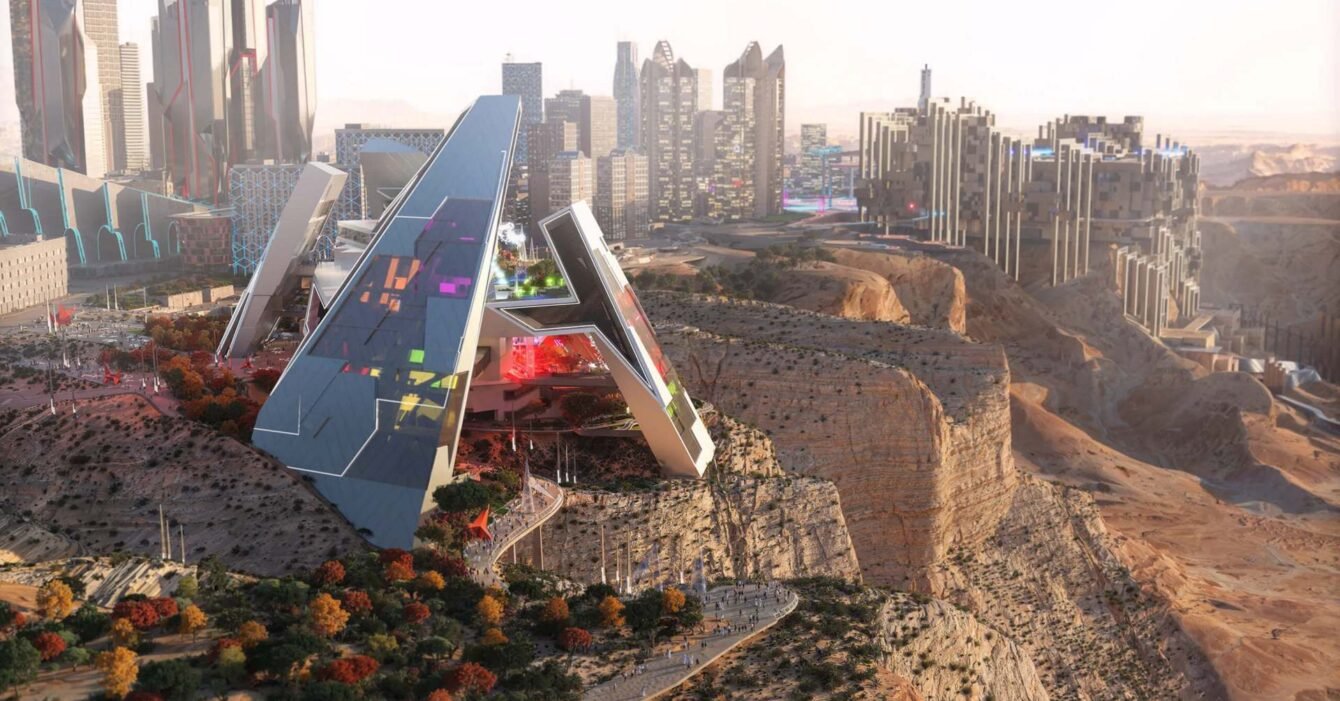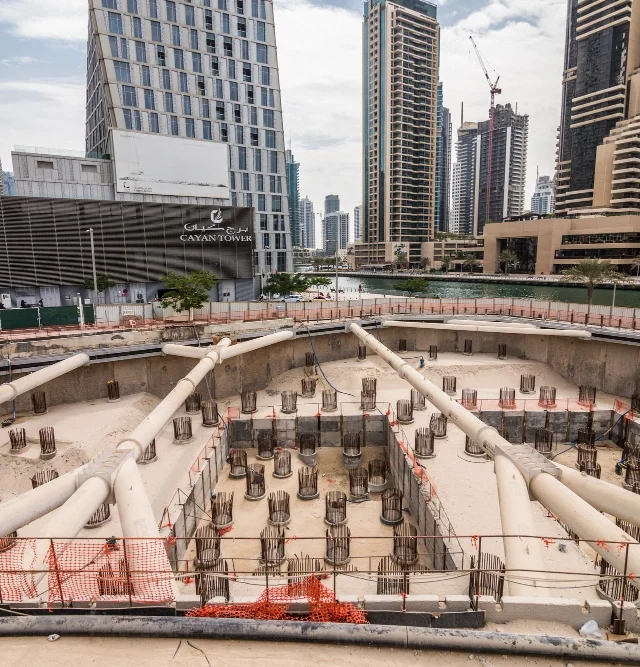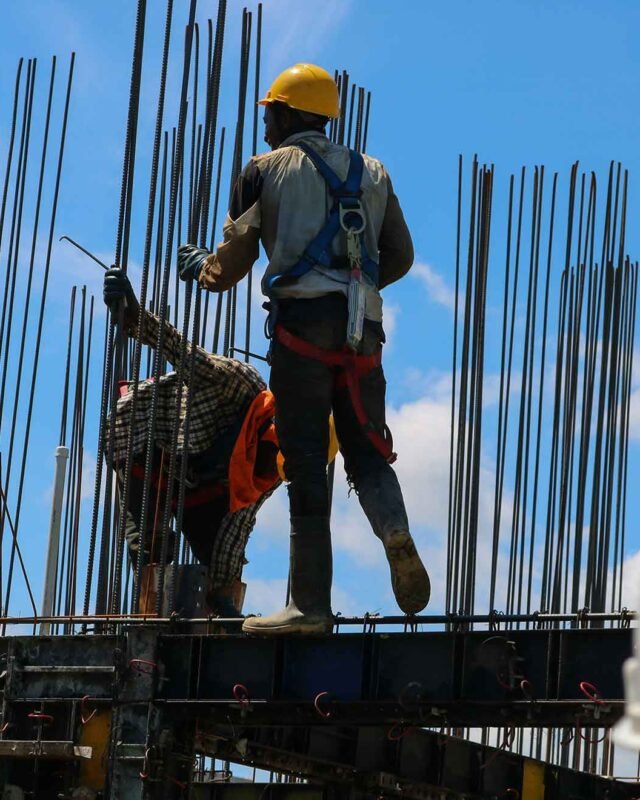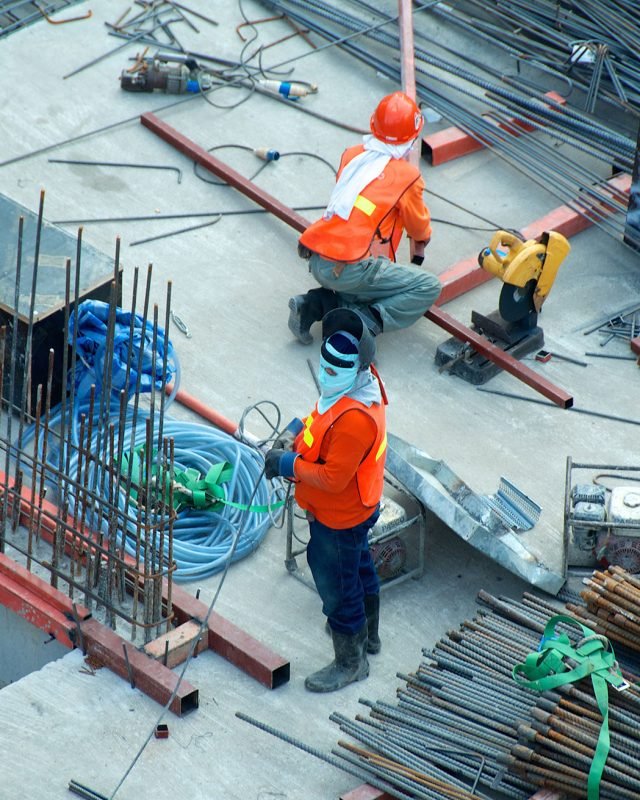Current Trends in Infrastructure Development in Saudi Arabia
Saudi Arabia is experiencing an unprecedented infrastructure boom as it aims to transform its economy and cement its position as a global powerhouse. Driven by the ambitious Vision 2030 initiative, the kingdom is investing heavily in infrastructure projects that span a wide range of sectors, from transportation and housing to energy and tourism. These projects not only aim to diversify the economy beyond oil but also to position Saudi Arabia as a hub for international trade and tourism. One of the most striking infrastructure development trends in Saudi Arabia is the emphasis on giga and megaprojects, with NEOM being the most valuable of these. Announced in 2017, this $500 billion construction project is one of the world’s largest.
Giga and Mega Projects Leading the Way
These massive undertakings, including NEOM, the Red Sea Project, and Qiddiya, are designed to reshape the country’s landscape and economy. NEOM, in particular, stands out as a futuristic city being built from the ground up, with the goal of becoming a leading global hub for innovation and sustainability. The scale of these projects is enormous, with NEOM alone employing over 140,000 construction workers as of 2024, a number expected to rise to 200,000 by 2025.
These projects are not just about size; they are about setting new standards in design, technology, and sustainability. For example, NEOM’s The Line, a 170km linear city, represents a revolutionary approach to urban planning, emphasizing sustainability and efficiency.
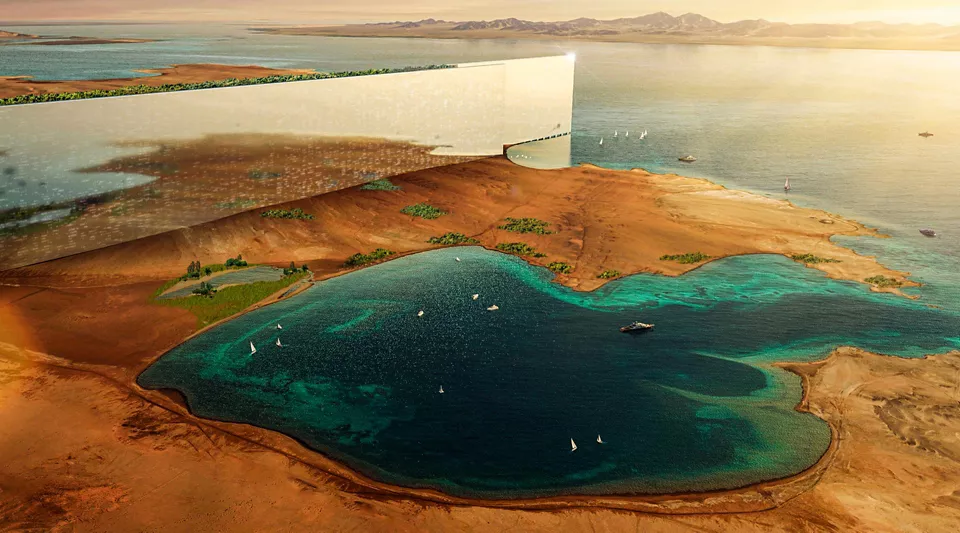
Expanding Urban Centers and Transportation Networks
Another significant infrastructure development trend in Saudi Arabia is the expansion of urban centers and the enhancement of transportation networks. Riyadh, the capital city, is at the forefront of this expansion, with plans to double its population by 2030. To support this growth, massive investments are being made in housing, public transport, and road networks.
Riyadh’s new public bus network, which opened in 2023, marks the city’s first major foray into public transport, with the long-awaited metro system also nearing completion. Additionally, the expansion of airports across the kingdom aims to position Saudi Arabia as a regional aviation hub, capable of handling 330 million passengers by 2030.
These developments are part of a broader strategy to transform Saudi cities into modern, sustainable urban centers that can support a growing population and attract international visitors.
Emphasis on Clean Energy and Sustainability
The kingdom has also set ambitious targets for renewable energy, aiming to meet 50% of its electricity demand through renewables by 2030. This commitment is evident in the construction of the world’s largest green hydrogen plant at NEOM, which is set to become a cornerstone of Saudi Arabia’s energy transition.
Moreover, the kingdom’s focus on sustainability extends to its construction practices, with an increasing emphasis on green building techniques and materials. These initiatives are not only in response to global environmental concerns but also to ensure the long-term viability and resilience of the kingdom’s infrastructure.
Challenges on the Horizon
The scale of these projects requires substantial funding, and while oil revenues provide a significant source of income, the kingdom is also seeking to attract foreign direct investment. Additionally, the increasing frequency of extreme weather events due to climate change poses a risk to the long-term sustainability of these infrastructure projects.
Nevertheless, Saudi Arabia’s commitment to transforming its infrastructure landscape presents significant opportunities for international firms and investors. As the kingdom continues to pursue its Vision 2030 goals, it is poised to become a leader in modern infrastructure development, setting new standards for the region and beyond.
